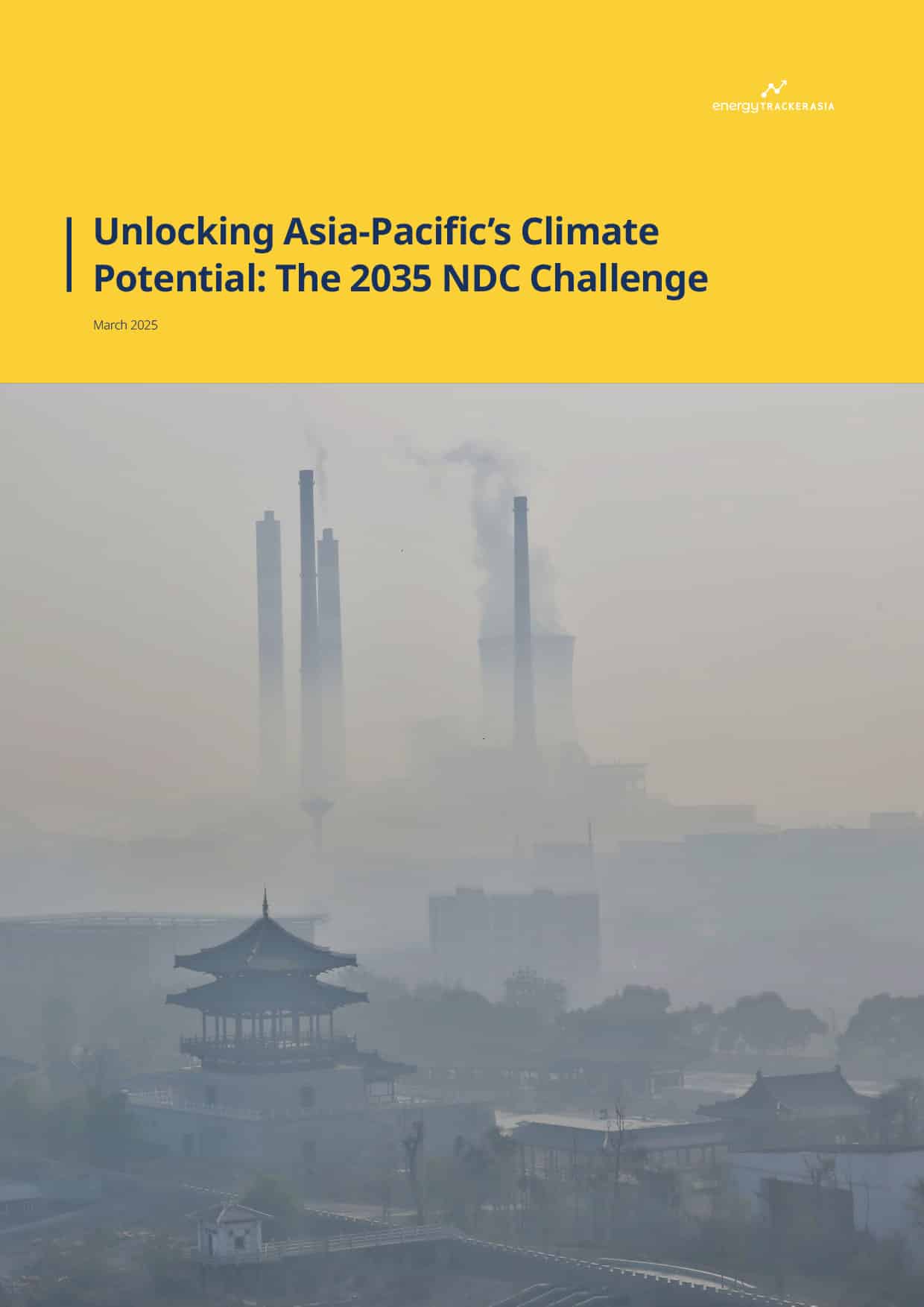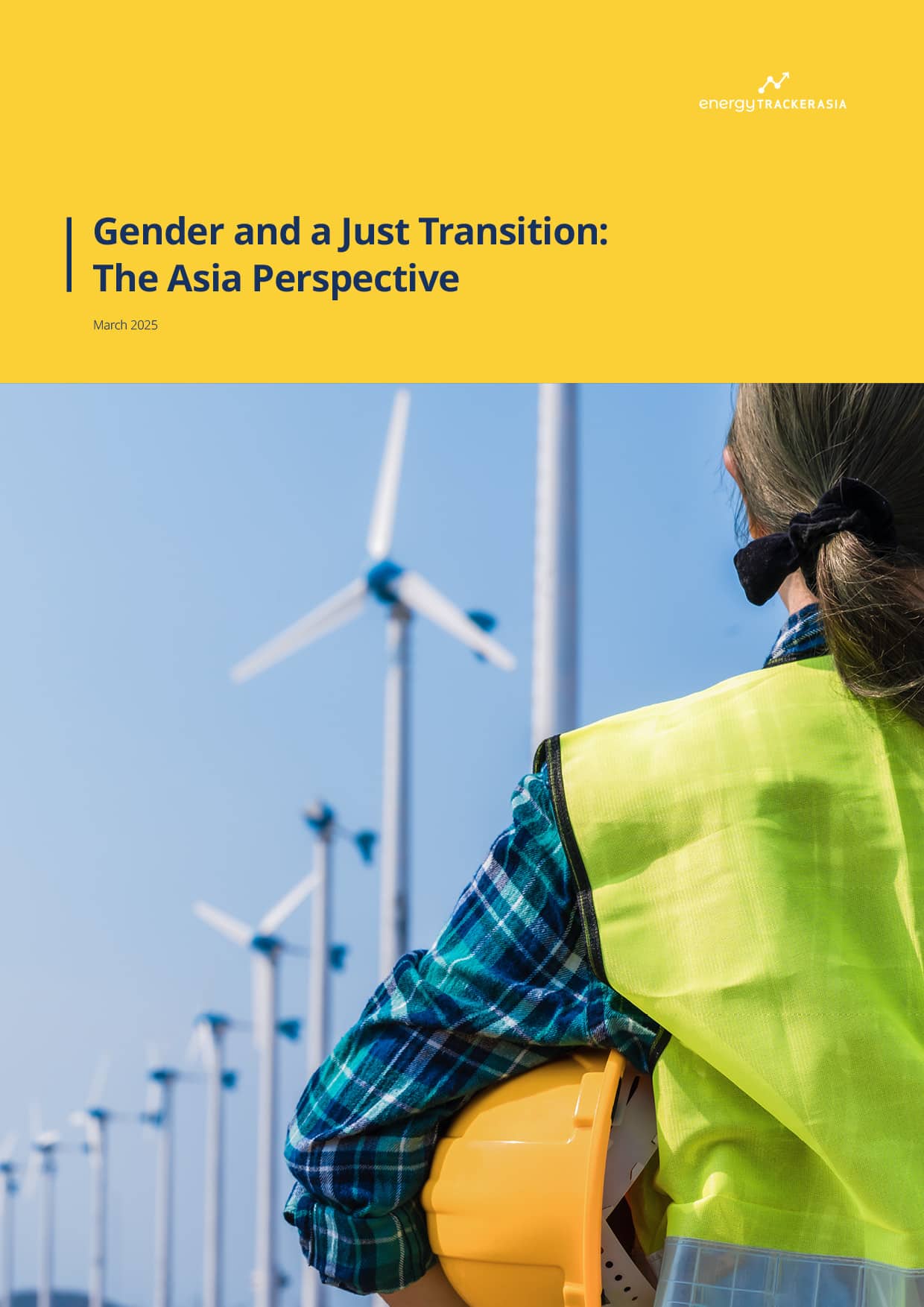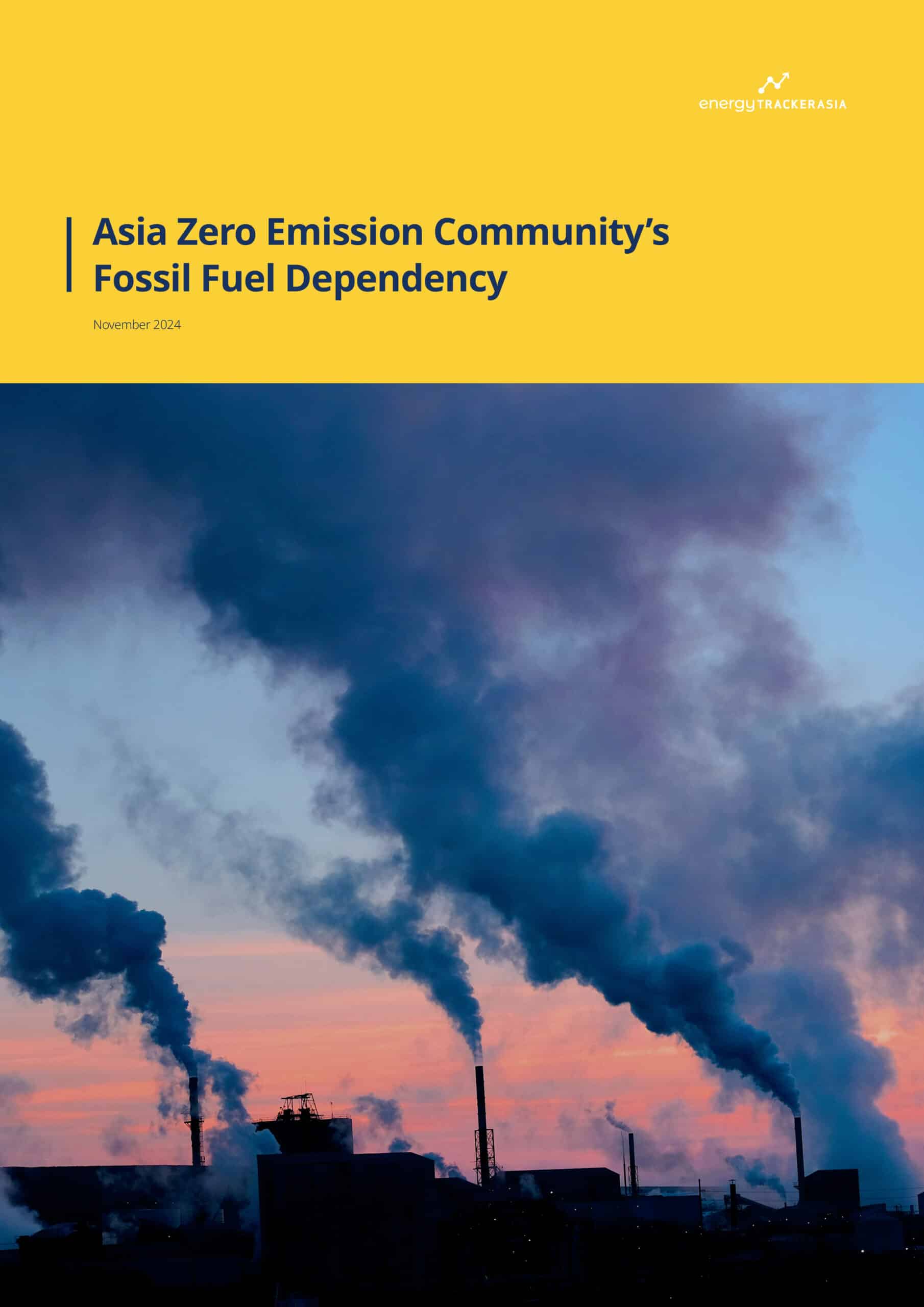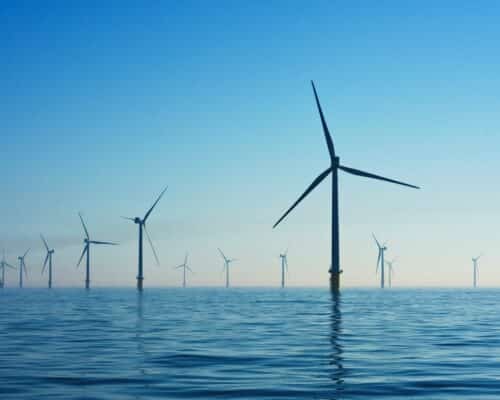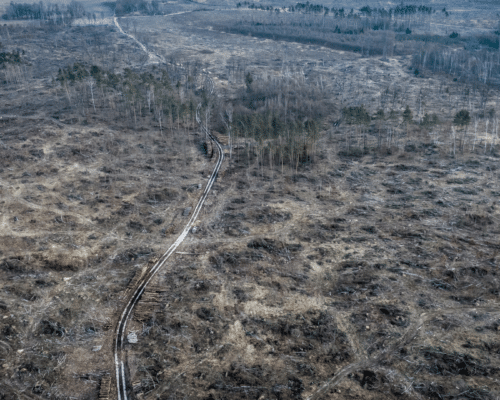Data Centres at a Crossroads: Clean Power or Carbon Risk?
Photo: Shutterstock / Guitar photographer
24 June 2025 – by Shabrina Nadhila & Dinita Setyawati
Southeast Asia’s digital boom is reshaping its economy. Yet beneath this promising digital boom lies a critical risk: the region’s fast-growing data centre industry could significantly undermine ASEAN’s energy security and derail national decarbonisation strategies unless swift and strategic intervention is taken.
The six major ASEAN economies—Indonesia, Malaysia, the Philippines, Singapore, Thailand, and Vietnam—are emerging as global data centre hotspots. This is driven by competitive land and energy prices, government incentives, and proximity to expanding digital markets. However, projections show that by 2030, data centres could consume between 2% and 30% of national electricity demand in most countries—excluding Vietnam.
Energy Security Risks: Fossil Dependency Deepens
Southeast Asia’s power grids are still heavily fossil-fuel-based—over 70% of electricity is generated from coal and gas. In a geopolitically volatile world, this dependency increases vulnerability. If fuelled by these fossil-heavy grids, the region’s data centre boom will trigger a surge in emissions, exacerbating climate risks and exposing nations to fossil price volatility, geopolitical shocks, and stranded asset risks.
Malaysia’s case is especially alarming—its data centre emissions are projected to rise from 5.9 MtCO2e in 2024 to 40 MtCO2e by 2030. Indonesia and the Philippines follow closely.
Current renewable energy targets are insufficient to reduce grid emission intensity meaningfully, hindering data centre decarbonisation. For example, Indonesia’s JAMALI (Java-Madura-Bali) grid is expected to drop only slightly—from 0.78 to 0.70 tCO2e per MWh between 2019 and 2030 (–9.4%). Peninsular Malaysia and Thailand are projected to lower their grid emission factors by 17% and 12%, respectively.
Because data centres typically rely on grid electricity—due to limited space for on-site renewables—cleaning up national grids is essential for meeting climate targets.
Clean Energy for Data Centres: The Key to ASEAN’s Energy Leap
ASEAN has a unique opportunity to leapfrog fossil-dependent models by integrating clean energy and efficiency into its digital infrastructure. Falling behind on renewable access for data centres could erode regional competitiveness, while timely action can attract industry investment and fast-track power sector transition.
Electricity demand from data centres is projected to rise steeply by 2030. In Malaysia, demand is set to increase sevenfold—surpassing Singapore’s total 2023 power consumption. Indonesia’s data centre electricity use is expected to quadruple—from 6.7 TWh in 2024 to 26 TWh by 2030. The Philippines will see an even sharper rise—from 1.1 to 20 TWh. In contrast, Singapore and Thailand will experience more gradual growth.
To power this demand sustainably, an estimated $45–75 billion in solar and wind investment will be needed by 2030—preventing further fossil reliance.
Unlocking private investment requires stronger industry awareness of decarbonisation and better access to renewables—particularly solar and wind. More accessible corporate procurement can enable data centres of all sizes to adopt cost-effective clean energy. A national green data centre framework can further accelerate renewables and efficiency uptake, boosting demand for clean energy power producers and efficiency providers.
Data Centres: From Energy Drains to Clean Energy Drivers
Decarbonising ASEAN’s data centres is not just an environmental necessity—it’s an economic and technological opportunity.
ASEAN’s digital and energy futures are now intertwined. Building the right foundations today will determine whether the region emerges as a clean tech leader—or remains locked into a fossil-fuelled past.
With the right policies and investment, ASEAN can build a clean digital infrastructure – one that attracts global capital, enhances energy security, and accelerates national climate goals. Instead of posing a challenge, data centres could catalyse the next wave of clean energy deployment and innovation across the region.
Shabrina Nadhila supports Ember’s data-led research and advocacy for electricity policy that enables the transition from fossil fuels to clean electricity in Southeast Asia as part of the Policy & Strategy team. In her previous roles, she contributed to unlocking carbon finance for technology-based Southeast Asian projects, including renewable energy. Before that, she worked at a state-owned electricity company in Indonesia as a civil engineer for electrical transmission construction projects in the central area of Sumatera, Indonesia. She holds an MSc in Economics and Policy of Energy and the Environment with Distinction from University College London.
Dinita Setyawati analyses electricity policy across Southeast Asia and promotes the use of clean power in electricity, transportation and industrial sectors. She holds a PhD in Global Environmental Study from Kyoto University of Japan and a Master’s in Southeast Asian Studies from SOAS, University of London. She is often consulted and has published on energy justice and sustainable development topics. She is an author of peer-reviewed publications and a book, including State-of-the-Art Indonesia Energy Transition.
EMBER is an independent energy think tank that uses data and policy to accelerate the clean energy transition. It creates targeted data insights to advance policies that shift the world to a clean, electrified energy future.
Disclaimer: The views and opinions expressed in this article are those of the author and do not necessarily reflect the official policy or position of Energy Tracker Asia.
